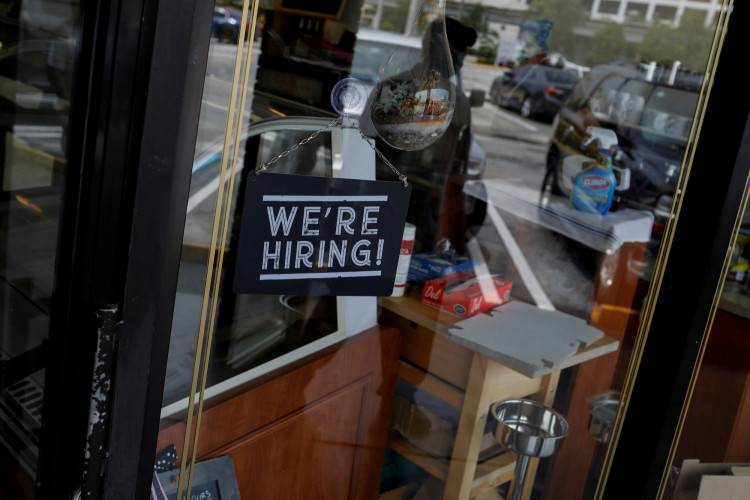The U.S. labor market kicked off 2024 with unexpectedly robust job growth in January, adding 353,000 nonfarm payroll positions and surpassing Wall Street's forecast of 185,000, according to the Bureau of Labor Statistics. This surge in employment not only underscores the resilience of the economy but also positions the labor market as a solid foundation for sustained economic expansion.
January's gains outpaced December's revised figures, marking a significant uplift from the initially reported 216,000 jobs at the end of 2023. The unemployment rate remained steady at 3.7% for the third consecutive month, reinforcing the strength of the job market.
Wages saw a notable increase, with average hourly earnings rising by 0.6% over the month-double the anticipated rate. This pushed the year-over-year wage growth to 4.5%, eclipsing expectations and signaling robust wage pressures that could influence inflationary trends. Such wage dynamics are critical for gauging labor market leverage and inflation, with recent data suggesting a shift towards more normalized wage growth patterns.
Despite the positive job growth and wage increases, some metrics showed signs of cooling. The labor force participation rate edged down slightly to 62.5% from 62.6%, and average weekly hours worked also dipped, from 34.3 to 34.1 hours. These shifts hint at a labor market that, while strong, is gradually moving towards a more balanced state.
Federal Reserve Chair Jerome Powell, speaking before the jobs report, characterized the labor market as "at or nearing normal but not totally back to normal." Powell emphasized the desirability of a strong labor market coupled with declining inflation, indicating that the Fed is not necessarily seeking a weaker labor market as a precondition for rate cuts.
The broad-based job gains in January were led by sectors such as professional and business services, healthcare, retail trade, government, social assistance, and manufacturing, showcasing the diverse drivers of employment growth. This diversity suggests a healthy spread of job creation across various sectors, contributing to the overall robustness of the labor market.
As the economy navigates through the early months of 2024, the labor market's performance will be closely watched for signs of sustainability and balance. The Federal Reserve's future policy actions will likely be influenced by the interplay between job growth, wage trends, and inflationary pressures, as policymakers seek to foster economic stability and growth.






